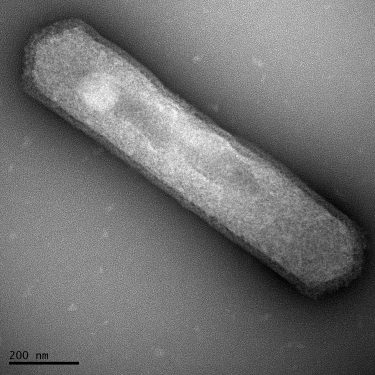
Understanding the planet’s history is crucial if we are to predict its future. While some records are preserved in ice cores or tree rings, other records of the climate’s ancient past are buried deep inside the seafloor.
An increasingly popular method to deduce historic sea surface temperatures uses sediment-entombed bodies of marine archaea, one of Earth’s most ancient and resilient creatures, as a 150-million-year record of ocean temperatures. While other measures have gaps, this one is increasingly popular because it promises to fill in gaps to provide a near-global record of ocean temperatures going back to the age of the dinosaurs.
But University of Washington research from the College’s School of Oceanography shows this measure has a major hitch: Anitra Ingalls, a UW professor of oceanography, and her team found that oxygen deprivation can alter the temperature calculations by as much as 21 degrees Celsius.
Read more at UW Today »
